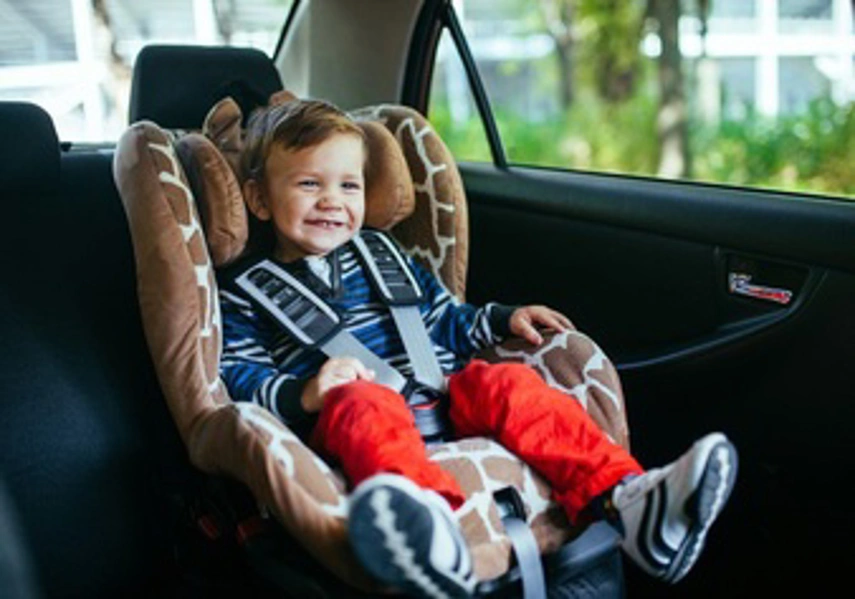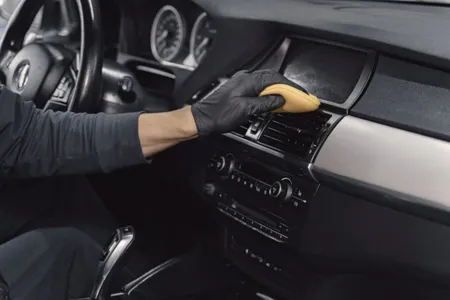Did you know that throughout history, we have not always required drivers to have a child seat in their vehicles. In fact, many of you probably never had to sit in one while growing up. It’s not surprising that many of us grew up without sitting in one, especially when considering the fact that seat belts for adults were not even standard equipment in vehicles until the 1960s.
All of North America had the child seat law by 1985; requiring parents of young children to have their child in a child's seat. The seatbelt and child seat laws were created and are still enforced today, to keep all drivers and their passengers, of all ages, safe while inside an operating vehicle.
Now, in 2019, the child seat law has been a part of our driving lives for 34 years, yet many new parents are unsure of how to choose the right car seat for their child. It can be overwhelming because there are so many seats on the market, which makes choosing the right one even more difficult.
Here are some guidelines to use when looking to purchase a child seat for your child.
- Infants - Infant seats and rear-facing convertible child seats
Your infant should sit in a rear-facing child seat up to 35 pounds, which will take many kids to the age-2 child seat guidelines. With that said, it is important to always check the back of the child seat for the specific weight and height limits of your car seat model.
- Toddlers - Convertible seats and forward-facing seats with harnesses
Your child should begin sitting in a forward-facing child safety seat at the age of 2 years old or older - that is if he/she hasn’t outgrown the infant rear-facing child safety seat first. Your child should remain in this type of child seat up to the highest weight or height allowed by the manufacturer of your child's safety seat.
- 4-8 Years Old - Booster seats
When your child's weight or height is above the forward-facing limit for the child safety seat, transition them to using a belt-positioning booster seat until the lap and shoulder seat belt fits properly. This typically occurs when your child reaches 4 feet 9 inches in height and is around the ages of 8 to12 years old.
- 12 Years Old and Older - Seat belts
As your child becomes older, they should still remain sitting in the back seat of your vehicle and use the lap and shoulder seat belts for optimal protection.
No matter which age your child is at or car seat they are in — it is important for parents to know that from newborn to 3 years old, sitting in the center rear seat is 43% safer than sitting on the sides in the back of your vehicle. Check the laws in the particular state you live in and stay safe out there!
Now that you have chosen the right child seat for your child’s age, height, and weight, it is time to properly install the car seat. If you and your partner are unsure of how to do this or have concerns, it is always a good idea to get your child’s car seat checked for proper installation by a local Child Passenger Safety Technician.
Parents can tend to develop a love/hate relationship with child safety seats. In fact, you may be one of these parents. However, it is important to you to keep your child safe while inside an operating vehicle, which is why you must know and follow the child seat guidelines.












